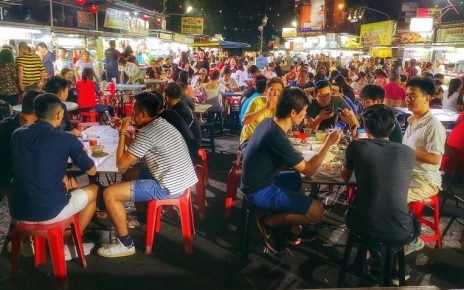
KATTANKUDY (Sri Lanka) • Zaharan Hashim was 12 when he began his studies at Jamiathul Falah Arabic College in the small town of Kattankudy.
He was a nobody, with no claim to scholarship other than ambition. But the world now knows his name. Sri Lankan officials have identified him as the suspected ringleader of a group that carried out a series of suicide bombings in the country on April 21.
Hashim’s path from provincial troublemaker to alleged militant mastermind was marked by years of missed or ignored signals that he was dangerous.
His increasingly militant brand of Islam was allowed to grow in a marginalised minority community – barely 10 per cent of the country’s roughly 20 million people are Muslim – against a backdrop of a dysfunctional developing nation.
After the blasts, the Islamic State in Iraq and Syria terror group claimed credit and posted a video of Hashim, clutching an assault rifle, standing before the group’s black flag and pledging allegiance to its leader.
Despite being “a bit rough-edged”, Hashim was a skilled speaker and others his age were drawn to his speeches and Quranic lessons.
In 2012, Zaharan Hashim started a mosque of his own. The Sufis were alarmed and passed on complaints to local law enforcement and national government offices. No action was taken. Hashim found another megaphone: the Internet. His Facebook page was taken down after the bombings but Muslims in the area said his video clips had previously achieved notoriety.
Also, Hashim had found a popular target – the town’s Sufi population, who practise a form of Islam often described as mystical but which to conservatives is heresy.
He began holding rallies, bellowing insults through loudspeakers that reverberated inside the Sufis’ house of worship as they tried to pray.
In 2012, Hashim started a mosque of his own. The Sufis were alarmed and passed on complaints to local law enforcement and national government offices. No action was taken.
Hashim found another megaphone: the Internet. His Facebook page was taken down after the bombings but Muslims in the area said his video clips had previously achieved notoriety.
In 2017, Hashim’s confrontations boiled over. At a rally near a Sufi community, his followers came wielding swords. At least one man was hacked and hospitalised.
The police arrested several people connected to Hashim, including his father and one of his brothers. Hashim slipped away from public view.
The next year, a group of Buddha statues was vandalised in the town of Mawanella, about a five-hour drive from Kattankudy. There, in the lush mountains of Sri Lanka’s interior, Hashim had taken up temporary residence. He went into hiding once more.
Hashim’s sister said her parents turned off their cellphones on the Friday before the attack. On Sunday, when she visited their home, they were gone.
She does not know if Hashim arranged for them to be taken somewhere safe or why he would have carried out the bombing. But now in Kattankudy and in many other places, people are talking about Zaharan Hashim.
REUTERS



